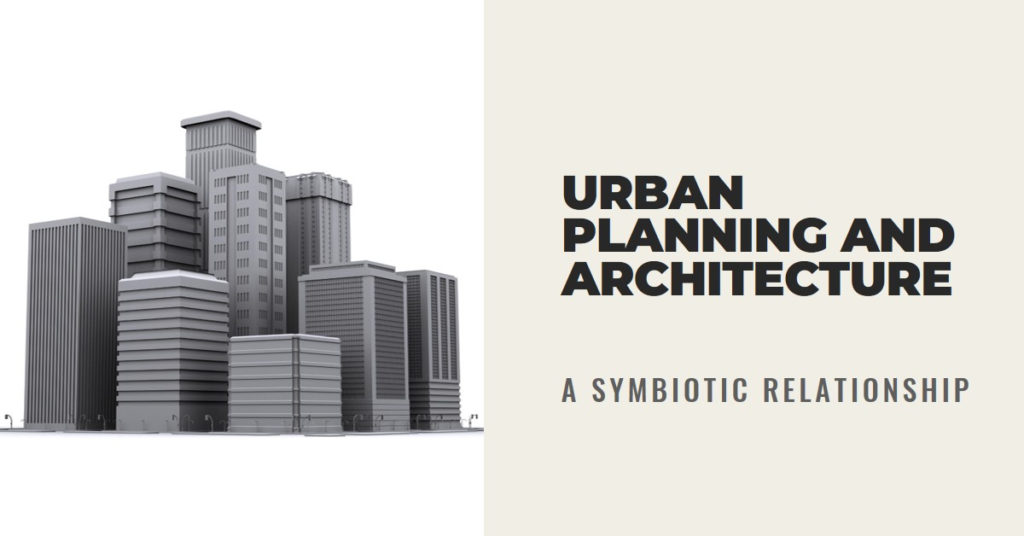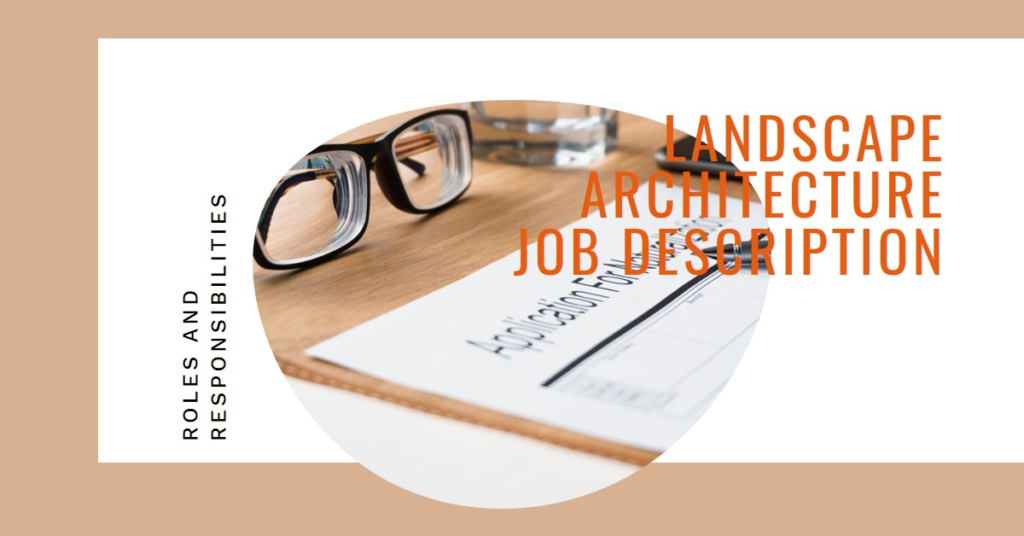
Table of Contents
- Introduction:
- The Foundation of Urban Planning:
- The Role of Architecture in Urban Development:
- The Interplay Between Planning and Architecture:
- Case Studies: Cities Exemplifying Symbiosis
- Sustainable Urban Design:
- Cultural and Social Considerations:
- Technological Innovations:
- The Future of Urban Development:
- Conclusion: A Vision for Symbiotic Cities:
Introduction:
Urban planning and architecture are two interconnected disciplines that shape the very essence of our cities. Their symbiotic relationship influences not only the aesthetic and functional aspects of urban spaces but also the quality of life for the inhabitants. This blog post delves into the intricate dance between these two fields, exploring how they collaborate, influence each other, and together, create vibrant, sustainable, and resilient urban environments.
The Foundation of Urban Planning:
Urban planning serves as the blueprint for the development and organization of cities. It encompasses the strategic allocation of land use, zoning regulations, infrastructure development, and public policy. Planners consider a multitude of factors, including population growth, economic trends, environmental sustainability, and social equity. Through meticulous planning, cities can address current needs while anticipating future challenges.
One of the primary goals of urban planning is to create a coherent and functional layout that facilitates movement, commerce, and social interaction. Effective urban planning can mitigate traffic congestion, enhance public transportation systems, and ensure that essential services are accessible to all residents. By prioritizing green spaces and recreational areas, planners also contribute to the physical and mental well-being of urban dwellers.
The Role of Architecture in Urban Development:
Architecture, on the other hand, brings these plans to life through the design and construction of buildings and structures. Architects focus on the aesthetic, cultural, and functional aspects of individual buildings, ensuring that each structure meets the needs of its users while contributing to the overall urban fabric. Good architecture is responsive to its context, harmonizing with the surrounding environment and complementing existing urban elements.
Architects are tasked with creating spaces that are not only visually appealing but also sustainable and adaptable. In recent years, there has been a growing emphasis on green architecture, which incorporates environmentally friendly materials and energy-efficient technologies. By designing buildings that reduce energy consumption and minimize environmental impact, architects play a crucial role in promoting sustainable urban development.
The Interplay Between Planning and Architecture:
The relationship between urban planning and architecture is inherently collaborative. Planners establish the broader framework within which architects operate, setting guidelines and regulations that influence architectural design. Conversely, architects provide valuable insights into the feasibility and practicality of urban plans, ensuring that proposed developments are both innovative and realistic.
A successful collaboration between planners and architects results in cohesive and dynamic urban environments. Planners might designate areas for residential, commercial, and industrial use, while architects design buildings that enhance these zones. For instance, a well-designed commercial district will feature aesthetically pleasing office buildings, retail spaces, and public amenities that attract businesses and consumers alike.
Case Studies: Cities Exemplifying Symbiosis
Several cities around the world exemplify the successful integration of urban planning and architecture. Copenhagen, for example, is renowned for its commitment to sustainable urban development. The city’s planners have prioritized bicycle infrastructure, green spaces, and renewable energy, while architects have designed innovative buildings that support these initiatives, such as the energy-efficient 8 House and the award-winning Cykelslangen bike bridge.
Similarly, Singapore is a testament to the power of strategic planning and visionary architecture. The city-state’s government has implemented comprehensive plans to maximize land use, enhance public transportation, and promote green building practices. Architectural marvels like Marina Bay Sands and Gardens by the Bay showcase the creative and sustainable design solutions that have made Singapore a global model for urban innovation.
Sustainable Urban Design:
Sustainability is a key consideration in the relationship between urban planning and architecture. Planners and architects must work together to create cities that are resilient to climate change, resource-efficient, and capable of supporting long-term growth. This involves integrating green infrastructure, such as parks, green roofs, and rain gardens, into urban plans, and designing buildings that minimize energy consumption and waste.
Eco-friendly urban design also includes promoting alternative transportation modes, such as cycling, walking, and public transit. By reducing reliance on automobiles, cities can decrease carbon emissions and improve air quality. Planners and architects must collaborate to create pedestrian-friendly streetscapes, bike lanes, and efficient transit systems that encourage sustainable mobility.


Cultural and Social Considerations:
Urban planning and architecture must also address the cultural and social needs of communities. Inclusive design practices ensure that urban spaces are accessible and welcoming to people of all ages, abilities, and backgrounds. This includes designing public spaces that encourage social interaction, providing affordable housing options, and preserving cultural heritage sites.
Community engagement is essential in this process. Planners and architects must involve residents in the planning and design phases to ensure that developments reflect the values and needs of the community. Participatory design processes can lead to more vibrant and inclusive urban environments, where people feel a sense of ownership and pride in their surroundings.
Technological Innovations:
Advancements in technology are transforming the fields of urban planning and architecture. Geographic Information Systems (GIS) and Building Information Modeling (BIM) allow for more precise and data-driven planning and design. These tools enable planners and architects to simulate different scenarios, optimize land use, and identify potential issues before construction begins.
Smart city technologies are also playing a significant role in shaping the future of urban environments. IoT sensors, data analytics, and AI can enhance city management, improve public services, and create more responsive and adaptable urban systems. For instance, smart traffic management systems can reduce congestion, while intelligent building systems can optimize energy use and improve indoor air quality.
The Future of Urban Development:
As urban populations continue to grow, the collaboration between urban planning and architecture will become even more critical. Cities must adapt to changing demographics, economic shifts, and environmental challenges. Planners and architects will need to embrace innovative approaches and interdisciplinary collaboration to create cities that are resilient, inclusive, and sustainable.
Future urban development will likely focus on creating mixed-use communities that combine residential, commercial, and recreational spaces. This approach promotes walkability, reduces commuting times, and fosters a sense of community. Additionally, there will be a greater emphasis on adaptive reuse of existing buildings and infrastructure to minimize environmental impact and preserve cultural heritage.
Conclusion: A Vision for Symbiotic Cities:
The symbiotic relationship between urban planning and architecture is fundamental to the creation of vibrant, sustainable, and resilient cities. By working together, planners and architects can design urban environments that enhance quality of life, promote social equity, and protect the environment. As we look to the future, this collaboration will be essential in addressing the complex challenges of urbanization and ensuring that our cities remain thriving hubs of human activity.
In conclusion, the interplay between urban planning and architecture is a dynamic and ongoing process. It requires a deep understanding of both disciplines, a commitment to sustainability, and a willingness to engage with communities. Through this symbiotic relationship, we can build cities that not only meet the needs of today but also anticipate the demands of tomorrow, creating a better and more sustainable world for future generations.


